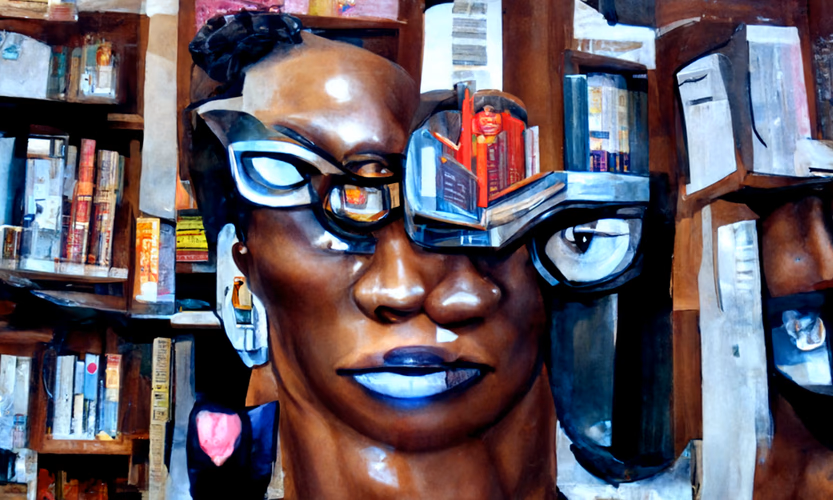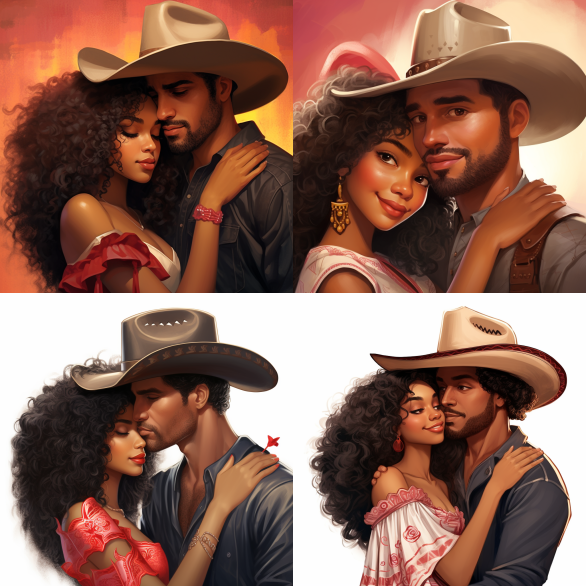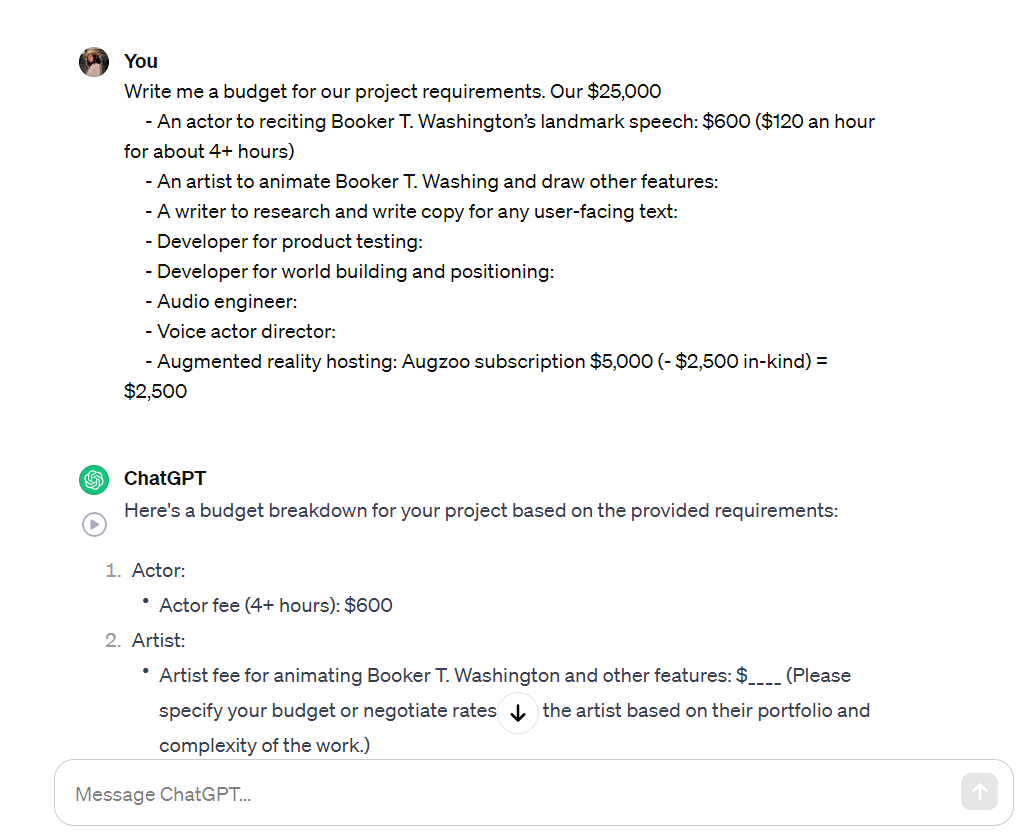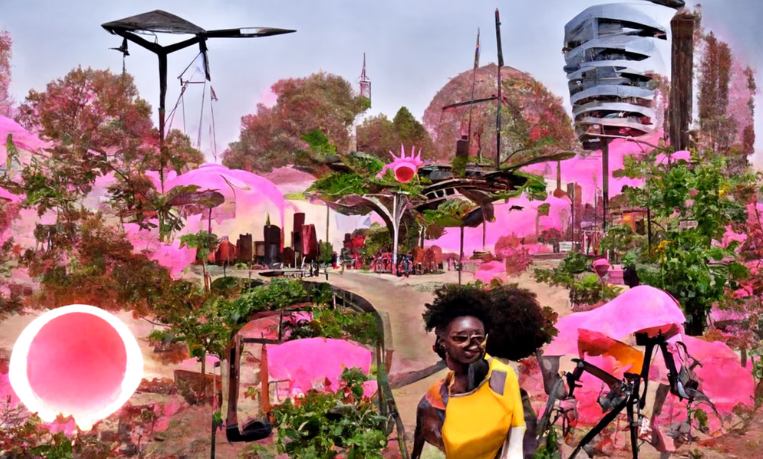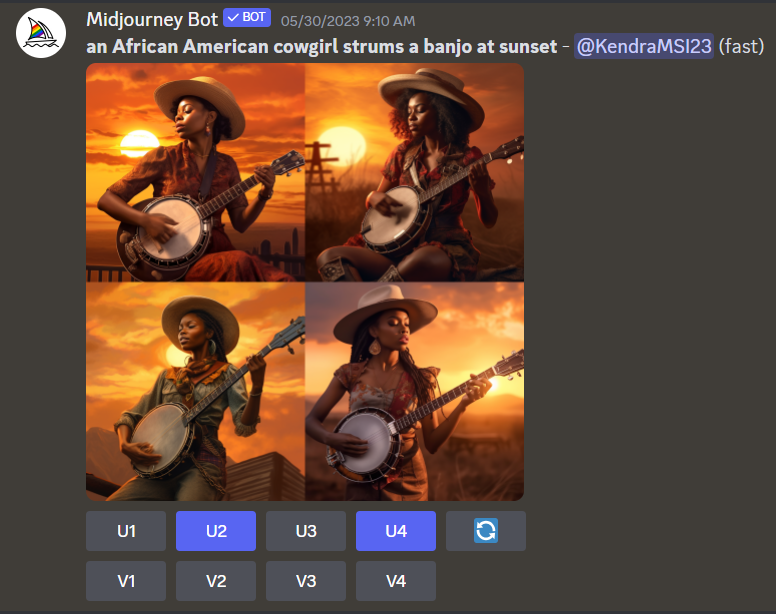AI Integration Specialist
Skilled at integrating AI tools into the creative process in a way that enhances the authentic HUMAN creativity of the writer's experience for a discerning audience.
Blended education in Human Computer Interaction and User Experience with screenwriting and playwriting skills, live entertainment experience, audience services, house management, and customer service in hospitality to craft HUMAN CENTERED stories and experiences using AI tools.
Proficient in crafting detailed and creative prompts for AI models with a specific emphasis on utilizing AI tools for story and narrative development.
Read my how-to: Create a Storyboard or Concept Video for Your Screenplay Using AI Tools
I post daily.
For the pleasure of prose, I've started a new habit. I'm going back to what drives me. I'm writing in a paper notebook with pencil and pen, then typing my work from paper into digital form.
I'll be posting short prose daily on my private Instagram and public YouTube channel.
My private Instagram account will include an AI generated image to accompany my prose, along with a song from IG's library of music.
My public YouTube account will include the same prose and AI generated image, along with narration and captions generated with invideoAI.
All I want to do is write the stories that circulate within me. So that's what I'll do, without too much thought... Follow if you wish.
Use-Cases
Grant Writing
I founded a company called 3240 Entertainment 10 years ago and we mostly operate from grant funding. I have been writing grant applications for the company since 2018 and we have received funding every year to cover contractor salaries. In 2023 I experimented by writing a grant with the use of ChatGPT which resulted in the largest grant amount awarded to my company.
During this use of ChatGPT to write my grant I discovered hallucinations and weaknesses in the AI. For example, math isn’t its strong suit. However, it will present the math as though it is highly confident in the calculation. I myself didn’t notice the incorrect calculation of my distributed budget in the narrative of my application until I manually calculated the budget using a spreadsheet. AI’s incorrect calculation surprised me because we’ve been accustomed to using technology for math. So, I assumed all computer technology had a built-in calculator, so to speak. This realization was key to my understanding of how the language model worked.
I learned from this experience that ChatGPT is not a calculator, dictionary, encyclopedia, etc. When using it, I must understand everything it tells me in order to fact check.
Image Generating
I started exploring image generation with Disco Diffusion while I was preparing my capstone project for grad school. My capstone project studied how audiences are influenced by images when reading narratives. The A/B testing experiment compared results from audiences who received a story with text only vs. the same story with images and text.
To create the images and text version of the test, I used excerpts from the text as prompts to generate images that fit with the story.
When using Disco Diffusion I learned that using specific artist names in the prompt aided in generating African American subjects. I found that it was a challenge for Disco Diffusion to generate African American subjects without also including African American artist tags for the AI to reference.
From this experience I learned that prompt writing is to communicate with a computer which is different from using syntax for a human audience. What might seem awkward for a human reader is actually the syntax most desired from a system looking for reference.
Disco Diffusion, though my favorite for compellingly artistic pieces, took a long time to generate. So, when I was introduced to Midjourney through my job at Shadow Health, I began experimenting with quickly generating images for fun and for game design art references.
With Midjourney, I discovered that using adjectives and adverbs returned more accurate results. Again, where I wouldn’t use adjectives and adverbs in regular speech with a human, or even in writing for human audiences, MidJourney responded to adjectives and adverbs as resource tags for returning more of what I had in mind.
Most of my experimentation with MidJourney was for fun, but I soon started using prompts to generate artist references for my role as a Narrative Designer for Shadow Health. One of our many responsibilities was to provide artists with references. We would search Google for references and send any images that conveyed the idea of how something or someone looked. However, MidJourney proved to deliver a more catered image reference to match our meaning more closely.
From this experience, I learned that Midjourney can nail the image you’re looking for with enough trial and error, however it will ignore some data in your prompt that seems pretty straightforward at times. Playing with the order of words and making use of the iteration functionality can drive the system in the right direction.
Script Writing
I’m trained as a screenwriter and have a Bachelor’s of Science in Screenwriting and Playwriting. I have also been a script reader for the Austin Film Festival for about 10 years. I played around with ChatGPT when writing a draft of my most recent screenplay.
From that experience I learned that ChatGPT is like a writing partner. It will make suggestions and you’ll either take them or ignore them. The benefit is that you get an instant response instead of waiting to hear back from a busy human. You can also ask GPT for feedback at 3am in the morning when creativity hits.
I learned that GPT is horrible at dialogue, but that’s fine because I feel like that’s MY job. AI mostly excels at being a listening ear as you’re writing and being that partner to bounce ideas off of. Sometimes it makes some great suggestions, I use them, and the writing process moves much faster because I don’t spend as much time in the monologue inside my head. AI becomes that other voice who talks back and helps to move me forward.
Image Generation
See more AI generated images from prompts that I wrote
Pick A Card. Any card. I don't care which one you pick.
Pick A Card. Any card. I don't care which one you pick.
If you’re curious about how I used Disco Diffusion in my A/B study comparing text-only narratives to text & image narratives, visit my testing webpage to access my final report (Capstone Project), or click below to play through the narrative game yourself.
The Pick a Card game was NOT written with ChatGPT or any other AI tools. That was all me. The only AI tool used was Disco Diffusion to produce images from prompts that I wrote myself.


